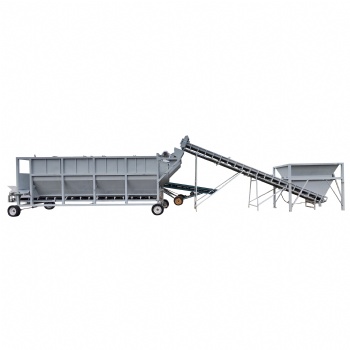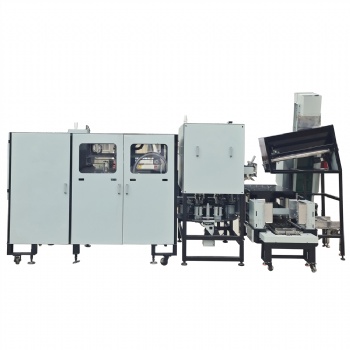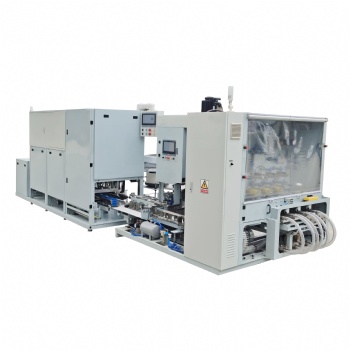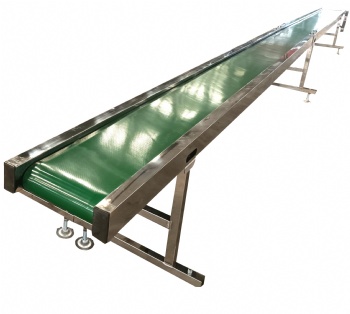News
Spring Shiitake Cultivation Management
Spring shiitake cultivation can be categorized into two types: regular spring shiitake and flower shiitake. Regular spring shiitake includes both fresh and dried shiitake forms. The fruiting bodies of spring-cultivated shiitake grown in autumn, winter, and the following spring are referred to as autumn mushrooms, winter mushrooms, and spring mushrooms, respectively.
1. Management of Regular Shiitake Fruiting
After the fungal bags have undergone incubation, color transformation, and summering, and the mycelium has fully matured physiologically, fruiting management begins in early October when the average daily outdoor temperature drops below 20°C.
Fruiting Management by Season:
Autumn: Remove the bags, place them on shelves, and increase the day-night temperature difference to stimulate mushroom primordium formation. Avoid overstimulation and overly dense primordium formation. Maintain the relative humidity inside the greenhouse at 85%-90%, spraying water 1-2 times daily and ventilating for 1 hour after spraying. Stop spraying water before harvesting.
Winter: Reduce shading on the greenhouse roof, increase light exposure, and cover with thin film at night. If necessary, add a layer of shade netting.
Spring: Lower greenhouse temperatures, increase ventilation, and manage with slightly reduced moisture. During the interval between flushes, water replenishment should be moderate to avoid mycelium hypoxia and decay.
Note: For the latest technology, contact: 18134707011 (WeChat available).
2. Water Replenishment Management
Water replenishment is crucial in shiitake management. Typically, water is replenished after fungal incubation is complete, before fruiting begins, and after each flush. The two methods are injection and soaking.
Injection Method: Primarily used for medium-bag cultivation.
Soaking Method: Puncture several holes in the fungal bag, place it in a water pool in stacks of 5-8 layers, cover with wooden boards and weights, and submerge the top of the bag 7-8 cm in water. Use low-temperature water, replacing it promptly if it exceeds 20°C.
Key Points:
Adjust water replenishment based on the fungal bag’s water loss.
If water loss is insignificant (bag weight loss <30%), replenishment is unnecessary.
After the first natural flush, water content between fungal bags becomes consistent, allowing uniform replenishment to ensure synchronized fruiting for the second flush.
During initial replenishment, restore fungal bag weight to 95%-100% of its original. For subsequent flushes, reduce replenishment gradually based on yield, maintaining water content at 65%-70%.
Temperature Considerations:
At temperatures above 25°C, wait for the temperature to drop to around 20°C before replenishment, keeping the amount at the lower limit.
At temperatures below 15°C, replenish water on warm, sunny days, adhering to the upper limit.
After water replenishment, fungal bags enter the incubation stage.
For offline training, contact: 18134707011 (WeChat available).
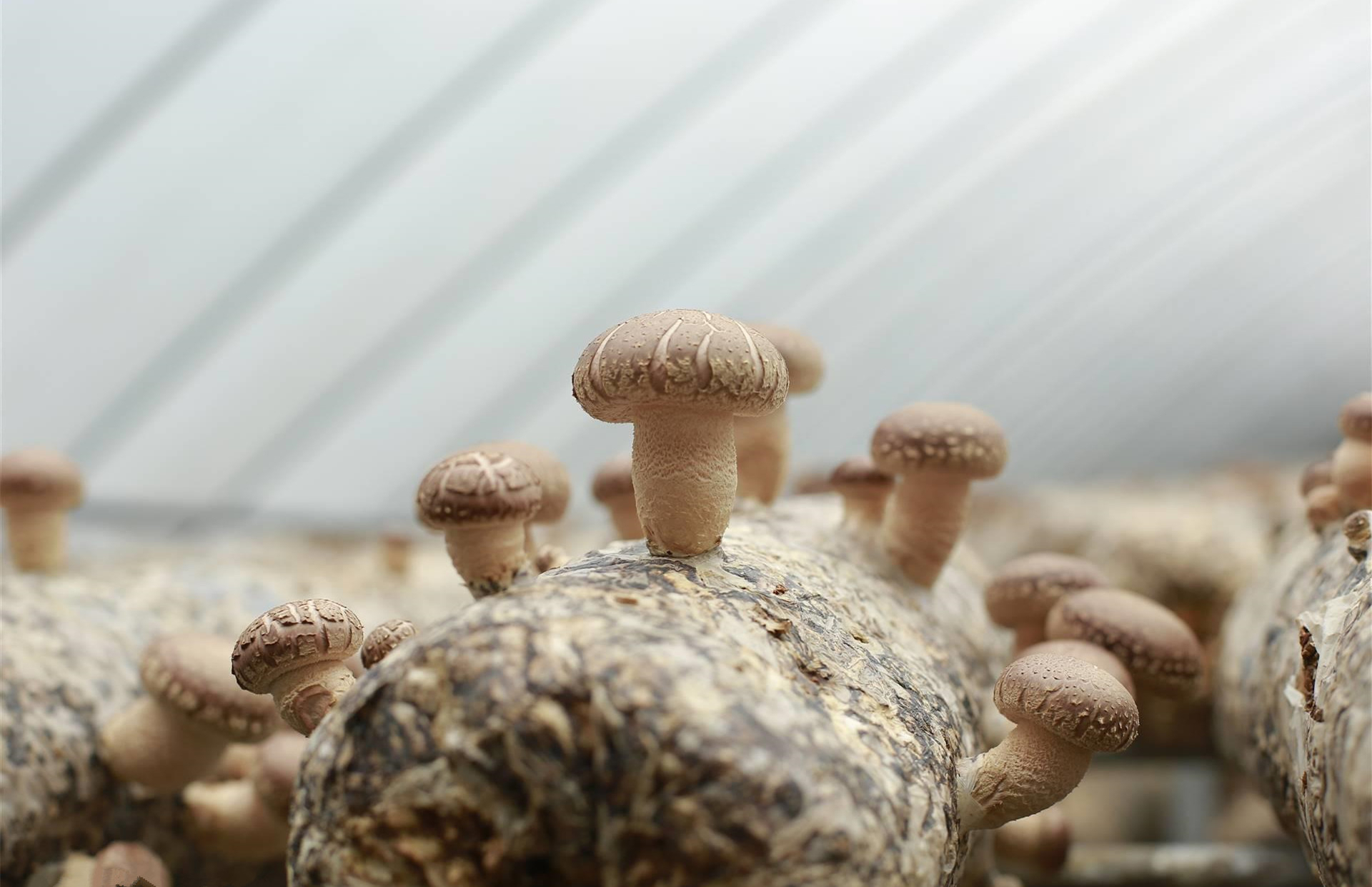
3. Flower Shiitake Fruiting Management
When using methods like non-bagged cutting or water-retaining membrane techniques, primordium requires thinning and flower stimulation.
Thinning: Once the primordium diameter reaches 1-1.5 cm, use a sharp knife to cut ¾ of the edge membrane to allow the primordium to grow outward. Retain the best primordium and ensure even distribution, keeping 8-10 primordia per bag.
Flower Stimulation: When the primordium grows to 2-3 cm, unveil the membrane during the day for airflow. At night, cover the membrane if temperatures are below 5°C, leaving it uncovered if above 5°C. On cloudy days with wind, uncover; without wind, keep covered.
If weather is overcast, rainy, or foggy, use heating to enhance ventilation and lower humidity, allowing the mushroom cap surface to dry and crack into flower shiitake.
Spring Management:
In southern regions with heavy spring rains, it is challenging to cultivate high-quality flower shiitake. Transition to regular shiitake cultivation.
In northern regions with drier springs, use heating ducts during the day, strengthen ventilation, and manage humidity to produce high-quality white flower shiitake.
4. Spring Shiitake Management
From March onward, temperatures rise rapidly above 20°C, making high-quality flower shiitake cultivation more challenging. Focus on shading, cooling, and ventilation in mushroom houses. If necessary, spray water to reduce temperature.
As nutrients in the fungal bags deplete after heavy fruiting in autumn and winter, mycelium vigor and resistance decrease. Transition management towards growing robust plate mushrooms.
Categories
Contact Us
- +86 15093267083
- +86 15093267083
- amy@zzbelead.com
- +8615093267083
